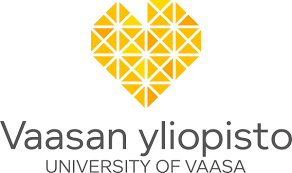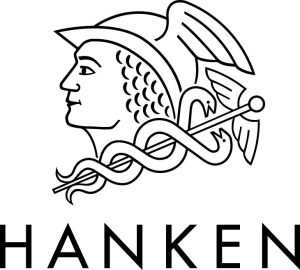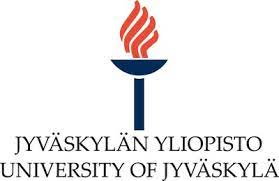Synchronously or asynchronously?
Asynchronous teaching can be considered “traditional online teaching.” The initial steps of online teaching decades ago were specifically based on asynchronous interaction. Only with the development of video call technology and the strengthening of internet networks has synchronous online teaching become more common. Asynchronous learning relies on individually paced interaction, where students may not work simultaneously, and teaching is not designed based on real-time interaction conditions. Asynchronous teaching can be used when a teacher or organization wants to provide temporally flexible, individually accommodating student learning opportunities. However, this does not mean relationships cannot be formed in asynchronous teaching.
With asynchronous teaching, the relationships and their development between the teacher and students alter. Building interactive relationships should be considered already during the course design phase. In asynchronous teaching, communication between the teacher and students can be often relatively one-sided, with the teacher receiving limited direct feedback on their communication. It can be challenging for the teacher to perceive and identify the learning atmosphere, making it difficult to adapt the teaching and address issues. Therefore, planning course interaction in advance is crucial.
In asynchronous online teaching, interaction and communication is designed so that relationships are built on overlapping communication acts. This communication utilizes various technological solutions, such as videos, audio, texts, and even learning analytics.
An asynchronous course does not automatically mean that the course is completed independently without interaction with other students. The teacher needs to be aware of what they mean when referring to an asynchronous course.
The asynchronous course may be:
Asynchronous for the teacher but at least partially synchronous for the students. For example, if the teacher guides students through videos, audio, and text-based instructions, but students need or want to collaborate in real time.
Asynchronous for everyone the course includes interaction among students.
Asynchronous and independent where the student completes the course primarily without collaboration and discussions with other students. In this case, interaction emphasizes the relationship between the student and the teacher and the student and the online environment.













